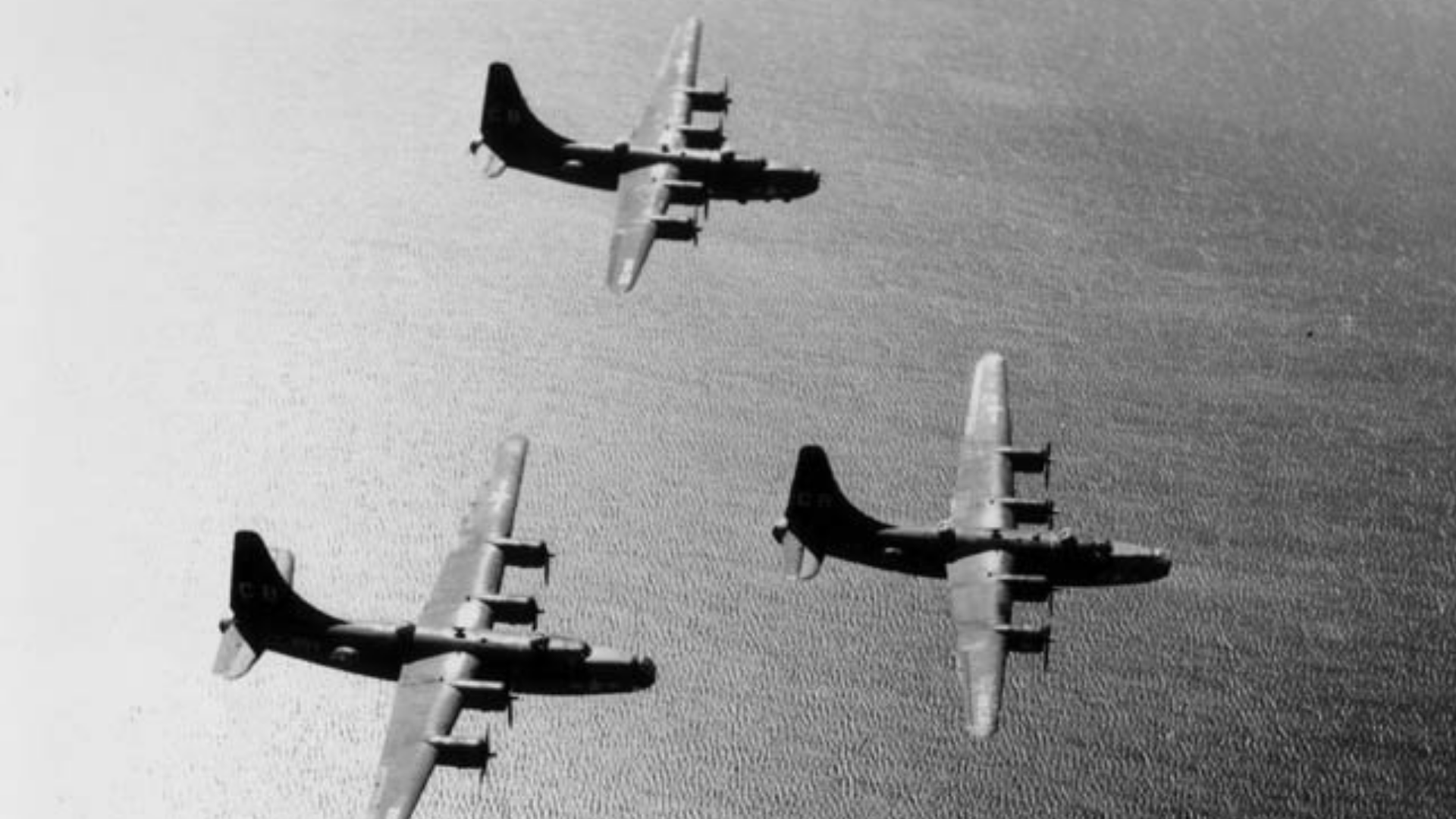
PB4Y-2 Privateer
When we think of the aircraft used in World War II, we often think of the well-known fighters and bombers like the P-51 Mustang and the B-17 Flying Fortress. But there was another aircraft that played a critical role in the war effort that often goes unrecognized: the PB4Y-2 Privateer. Developed by Consolidated Aircraft Corporation, the Privateer was a versatile long-range patrol aircraft that served in various roles during the war. In this article, we'll take a closer look at the history of the PB4Y-2 Privateer and its contributions to the war effort.
The History
The PB4Y-2 Privateer was a long-range patrol aircraft that was designed and produced by Consolidated Aircraft Corporation. The first flight of the Privateer took place in 1943, and it entered service with the US Navy the following year. The aircraft was designed to serve in various roles, including patrol, bombing, and transport. It had a range of over 2,000 miles and could fly at a maximum speed of 300 mph.
One of the Privateer's primary roles during the war was as a patrol aircraft. It was used to patrol the seas and search for enemy submarines. Its long-range capabilities made it an ideal aircraft for this role, as it could cover vast areas of the ocean and stay in the air for extended periods. The Privateer was also used for bombing missions, particularly against Japanese targets in the Pacific Theater. It could carry up to 8,000 pounds of bombs and was equipped with various guns and cannons for self-defense.
The Privateer was not without its challenges, however. Its size and weight made it a difficult aircraft to handle, particularly during takeoff and landing. Additionally, the aircraft's engines were known to be unreliable, which led to a number of accidents and fatalities. Despite these challenges, the Privateer proved to be a critical asset to the war effort.
Legacy:
After the war, the PB4Y-2 Privateer continued to serve in various roles. It was used for maritime patrol, search and rescue, and even as a transport aircraft. The Privateer was also used in the Korean War, where it served in a reconnaissance role. Ultimately, the Privateer was retired from service in the 1950s, but its legacy lives on.
Today, the PB4Y-2 Privateer is remembered as an unsung hero of World War II. While it may not have the same level of recognition as other aircraft like the B-17 or the P-51, its contributions to the war effort were no less significant. The Privateer's long-range capabilities and versatility made it an invaluable asset, and its legacy continues to inspire future generations of aviation enthusiasts.
The PB4Y-2 Privateer may not be the most well-known aircraft of World War II, but its contributions to the war effort were critical. Its long-range capabilities and versatility made it an ideal aircraft for patrol, bombing, and transport missions. While the Privateer faced its fair share of challenges, it proved to be a resilient and reliable aircraft that helped to turn the tide of the war. Today, the Privateer's legacy lives on, and it continues to inspire aviation enthusiasts around the world.
Interesting Facts:
The PB4Y-2 Privateer was originally designed as a long-range patrol bomber and maritime surveillance aircraft for the U.S. Navy. It was developed from the Consolidated B-24 Liberator bomber and featured a larger wing and a modified fuselage for improved performance.
The Privateer was used extensively in the Pacific Theater during World War II, where it played a critical role in anti-submarine warfare and reconnaissance missions. It was also used for bombing missions against Japanese targets.
The aircraft had a crew of 10, including two pilots, a navigator, a radio operator, a bombardier, and several gunners. It was armed with up to 12 machine guns and could carry up to 8,000 pounds of bombs or torpedoes.
The Privateer had an impressive range of over 3,000 miles, which made it ideal for long-range patrols and surveillance missions. It was also equipped with radar and other advanced electronic equipment for detecting enemy ships and submarines.
The PB4Y-2 Privateer was involved in a number of notable missions during the war, including the sinking of the Japanese submarine I-52 in the Atlantic Ocean and the reconnaissance mission that led to the discovery of the Japanese fleet at the Battle of Leyte Gulf in the Philippines. After the war, the Privateer continued to serve in various roles, including as a transport aircraft and in research and development programs.